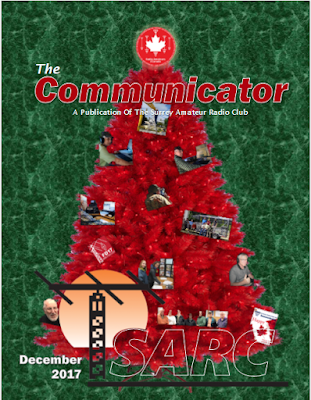A Communicator Reprise: July 2010
 This weekend project is inexpensive, yields good SWR and works well with an auto tuner. Tune it for 50.125 and enjoy some DX Fun.
This weekend project is inexpensive, yields good SWR and works well with an auto tuner. Tune it for 50.125 and enjoy some DX Fun.
Six metres has some interesting openings. Sunday evening I worked W7RN in Virginia City Nevada with a crystal clear 59+ signal on USB… was my first DM09 grid square on six metres. My antenna, a simple horizontally polarized ½λ dipole made with ½” aluminum tubing mounted low on the side of my roof. I was delighted to say the least. AND my 6 metre J-pole turns out to work wonderfully on the 10 metre band and I was able to take a New Caledonia QSO this weekend as well. Ham heaven for those of us not running a lot of power or fancy multi-element antennas on 70 foot towers. All my antennas barely clear the peak of the roof, and I am amazed every time I make a DX contact.
So, if you wanted to get on 6m and don’t have room for, or the permission to install, a large multi element antenna, here is one that will – when conditions are right – allow you to get on 6 and experience the “magic band.”
The antenna is not hard to build [assuming basic metalworking tools] and takes basically one piece of aluminum plate and one aluminum ‘strap’ which you can find at Metal Supermarket, ABC Traders or MetalMart, and one 1” dia. piece of ABS or PVC tubing with caps, a SO-239 and 17” of #12 solid copper wire. The strap is slotted to allow major tuning for what 500 KHz of bandwidth you want to work. It’s a loop, so its hi-Q and thus narrow band. But it’s small(ish) and works horizontally or vertically.



















